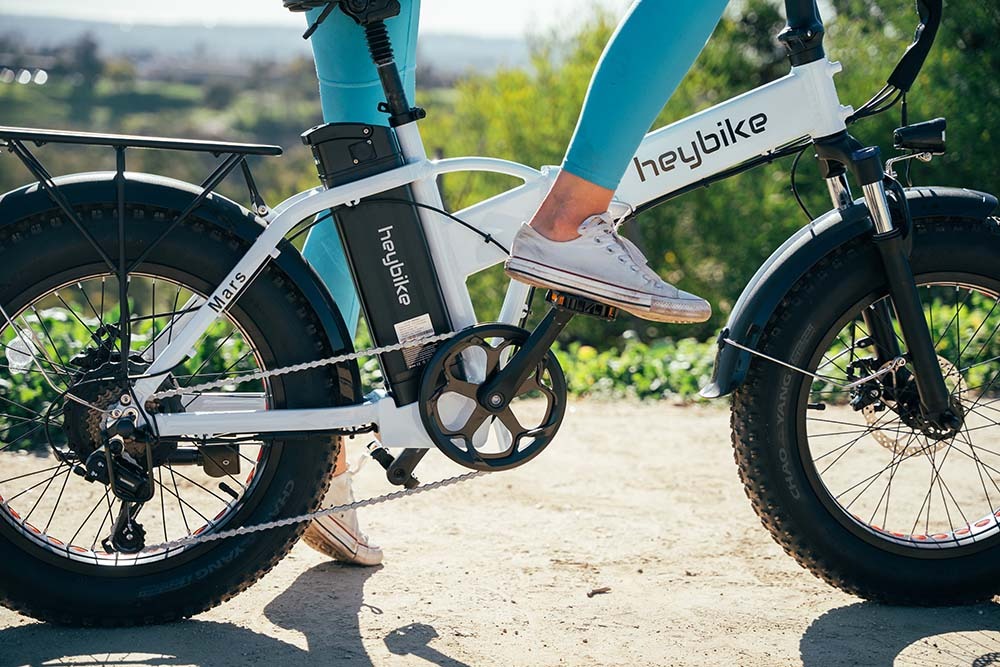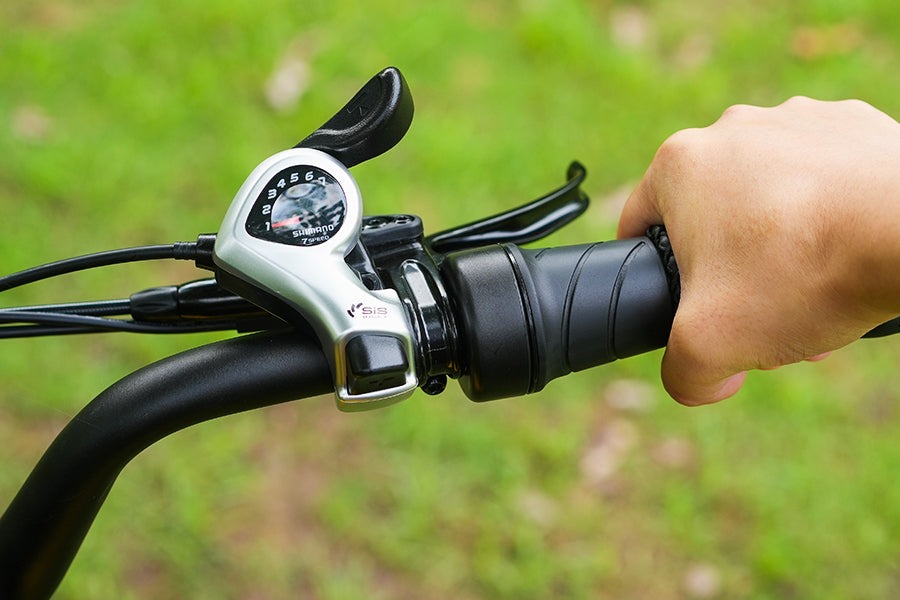Electric bikes (e-bikes) have revolutionized commuting, fitness, and leisure riding. They offer a fantastic blend of human effort and motorized power, making cycling more accessible and enjoyable. If you’re new to e-bikes, you might be wondering about the two main assist options: Pedal Assist and Throttle.
Understanding the difference between these two modes can help you choose the right e-bike for your needs. In this guide, we’ll break down pedal assist vs. throttle e-bikes, explore their pros and cons, and help you decide which option is best for you.
What is Pedal Assist?

How Pedal Assist Works
Pedal Assist (PAS) is a system where the e-bike motor engages only when you pedal. The motor provides extra power, reducing the effort needed to ride uphill or for long distances. The level of assistance varies depending on your selected setting.
Pedal-Assist Levels
Most e-bikes with PAS have multiple pedal-assist levels, typically ranging from low (minimal boost) to high (maximum power assistance). Higher levels make pedaling easier but consume more battery.
Battery Efficiency in E-Bikes
Pedal assist is more battery-efficient than throttle mode because it requires both human and motor power, extending your e-bike’s range and battery life.
Who is Pedal Assist Best For?
- Riders who enjoy traditional cycling but want extra support.
- Long-distance commuters needing battery efficiency.
- Fitness enthusiasts who want an assisted workout.
What is Throttle?

How Throttle Works
A throttle-controlled e-bike works similarly to a scooter or motorcycle. You engage the motor using a thumb or twist throttle, and the bike moves without pedaling.
Types of Throttles
- Thumb Throttle: Press a lever with your thumb to control speed.
- Twist Throttle: Rotate the handlebar grip to engage power.
Power Consumption and Range
Throttle mode provides instant acceleration but drains the battery faster than pedal assist. E-bike speed control in throttle mode is fully motor-dependent, leading to a shorter range per charge.
Who is Throttle Best For?
- Riders with mobility issues or limited strength.
- Short-distance commuters needing quick acceleration.
- Those who prefer a scooter-like experience.
Pedal Assist vs. Throttle: Key Differences
| Feature | Pedal Assist | Throttle |
|---|---|---|
| Effort Required | Requires pedaling | No pedaling needed |
| Battery Efficiency | More efficient, longer range | Drains battery faster |
| Control | Feels natural, like traditional cycling | Instant power, no need to pedal |
| Best For | Long rides, fitness, commuting | Short rides, mobility assistance, effortless riding |
Pros and Cons of Pedal Assist
✅ Pros
- Extends battery life for longer rides.
- Feels more natural for cyclists.
- Improves fitness by requiring pedaling.
- Better compliance with certain e-bike laws and regulations.
❌ Cons
- Requires pedaling effort.
- Can feel less responsive than a throttle.
- Not ideal for riders with limited mobility.
Pros and Cons of Throttle
✅ Pros
- No pedaling required—perfect for riders with limited mobility.
- Faster acceleration and easier riding.
- Great for stop-and-go traffic.
❌ Cons
- Uses more battery, reducing range.
- Not allowed in some Class 1 & 3 e-bike regulations.
- Less exercise benefit compared to pedal assist.
Which One is Best for You?
For Commuters
- Pedal Assist: Better battery efficiency for long daily rides.
- Throttle: Easier for short, stop-and-go city commutes.
For Recreational Riders
- Pedal Assist: Provides a more engaging, exercise-friendly ride.
- Throttle: Allows effortless cruising for relaxed rides.
For Seniors & Mobility Issues
- Throttle is the better choice as it requires no pedaling.
E-Bike Classes & Legal Considerations
E-bikes are classified based on their assist mode and speed limits:
- Class 1: Pedal assist only, max speed 20 mph.
- Class 2: Pedal assist + throttle, max speed 20 mph.
- Class 3: Pedal assist only, max speed 28 mph.
Always check e-bike laws and regulations in your area before buying.
Conclusion
Both pedal assist and throttle offer unique advantages. If you want exercise, efficiency, and a natural cycling feel, pedal assist is ideal. If you prefer a hassle-free, motor-driven ride, throttle mode is the way to go.
Your choice depends on your riding style, fitness level, and commute needs. Which one do you prefer? Let us know in the comments! 🚲⚡








